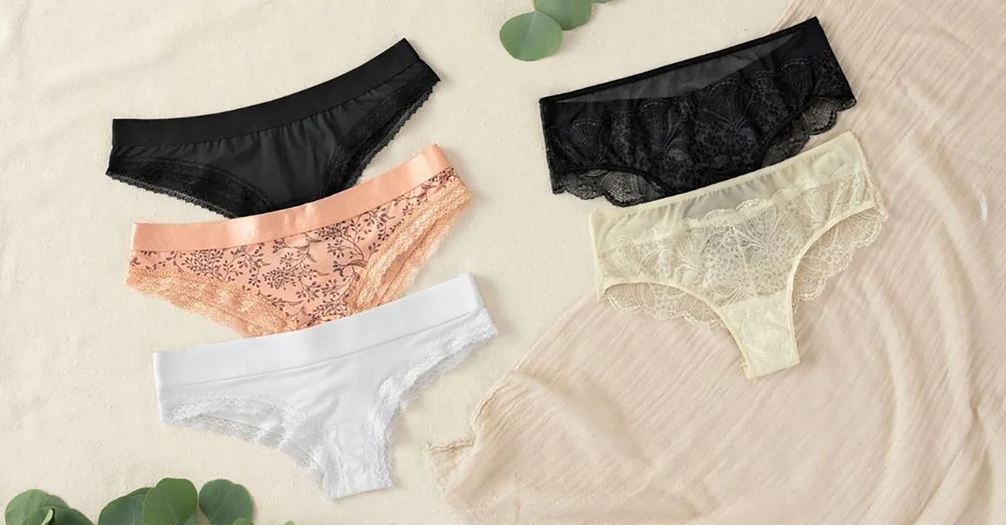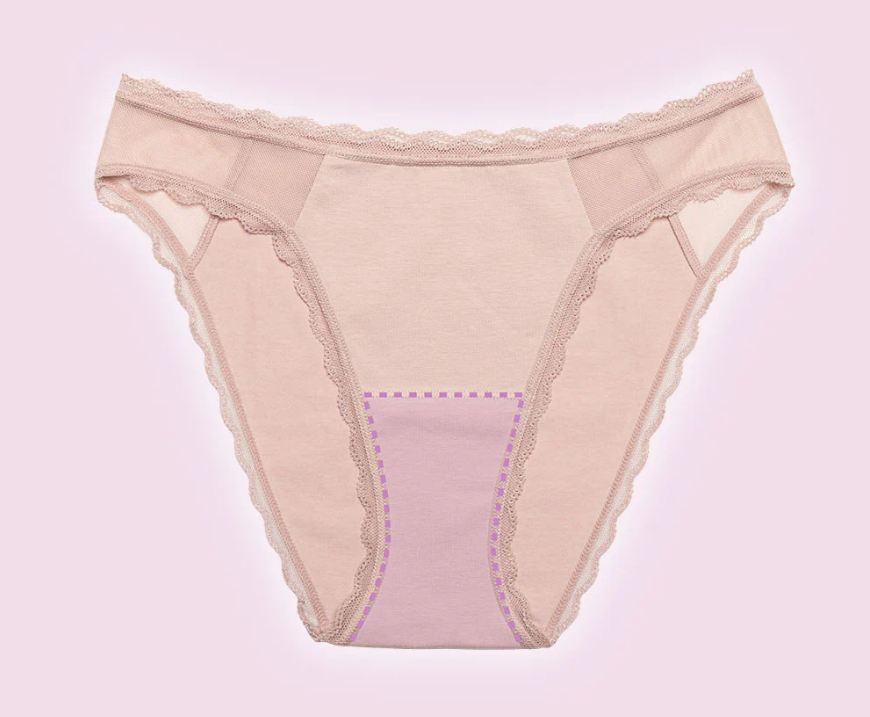For years, many have wondered about the small, often unnoticed, extra piece of fabric sewn into the crotch area of women’s underwear. Is it merely decorative? A design flaw? Or perhaps a hidden compartment for storing small items? The answer, it turns out, is both practical and hygienic.
What Is the Gusset?
The additional fabric is known as a gusset. Typically made from cotton, this piece serves multiple purposes. Primarily, it acts as a reinforcement for the crotch area, enhancing the durability of the underwear. Its breathable nature helps in moisture absorption, keeping the wearer cool and dry throughout the day. Moreover, it prevents bodily discharges from seeping through, safeguarding outer garments from potential stains.

Health and Hygiene Benefits
Beyond comfort, the gusset plays a crucial role in maintaining intimate hygiene. By allowing the vulva to breathe, it reduces the risk of irritation and infections. The cotton material is particularly beneficial as it absorbs moisture, which can otherwise lead to discomfort or health issues. Some experts also suggest that the gusset’s design can help in regulating body temperature in the pelvic region.
Why It’s More Common in Women’s Underwear
While gussets can be found in both men’s and women’s underwear, they are notably more prevalent in women’s designs. This is because women’s underwear often features a narrower crotch area, making the gusset essential for both comfort and functionality. Brands like Leonisa highlight that the gusset’s presence in women’s panties is not just a design choice but a necessity for enhanced durability and hygiene.
The History of the Gusset
The gusset has been a part of women’s underwear for decades, though its purpose was not always widely understood. Early designs focused primarily on durability, as fabrics and stitching in the crotch area often wore out quickly. Over time, manufacturers began to recognize the hygiene benefits, adding breathable cotton layers to improve comfort and prevent bacterial growth. Today, the gusset is a standard feature in most women’s underwear, blending tradition with modern textile innovations.
Material Matters
Not all gussets are created equal. While cotton remains the most common choice due to its breathability and softness, some brands use bamboo, modal, or blended fabrics for enhanced moisture-wicking properties. These alternative materials can provide additional comfort for women with sensitive skin or those prone to irritation. Experts recommend choosing underwear with natural fiber gussets, as synthetic materials may trap heat and moisture, increasing the risk of infections and discomfort.
Everyday Practicality
Beyond hygiene, the gusset also improves the fit of underwear. It allows for greater flexibility and movement without compromising structural integrity. Women who lead active lifestyles, including athletes or those who enjoy outdoor activities, particularly benefit from this added support. Additionally, gussets reduce friction between the underwear and the body, minimizing chafing and discomfort during prolonged wear.

Myths and Misconceptions
Despite its importance, the gusset has inspired myths and confusion. Some people assume it is a storage pocket or a decorative element, but in reality, its primary purpose is functional. Educating consumers about this feature can help normalize discussions about intimate hygiene and comfort, making it easier to choose underwear that truly meets individual needs.
Conclusion
The seemingly insignificant gusset in women’s underwear is, in fact, a thoughtfully designed feature that combines comfort, hygiene, and practicality. Understanding its purpose sheds light on the intricate details that contribute to everyday comfort and well-being. So, the next time you notice that little extra piece of fabric, you’ll appreciate its role in keeping you comfortable and confident

















